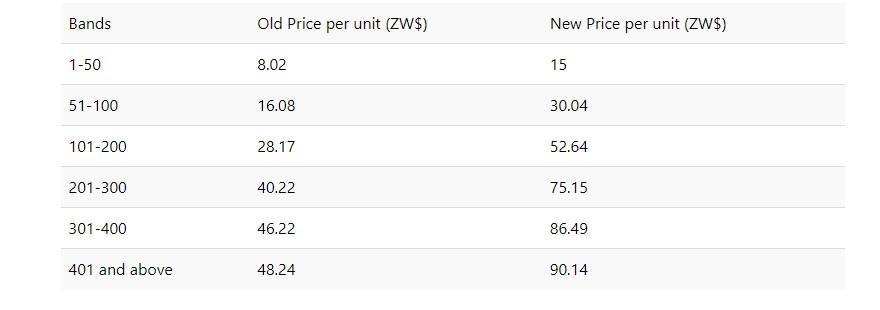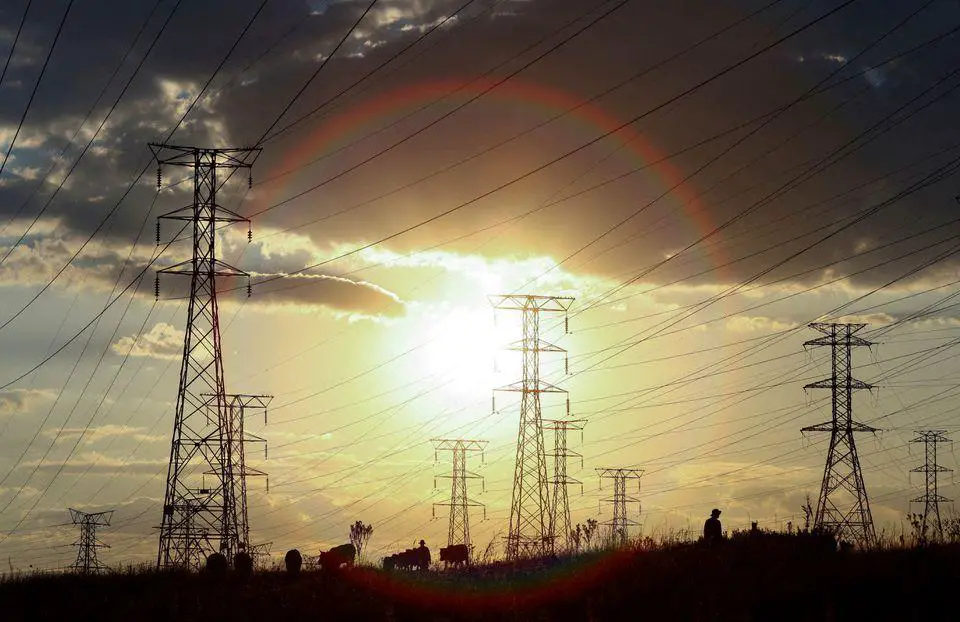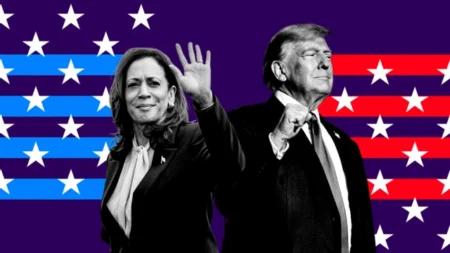Humour has benefits beyond just making people laugh. It enables you to establish a connection with your audience, ease tension, boost status, cultivate trust, and persuade others to agree with you.
However, it is no longer a laughing point to see people with clothes not ironed in meetings in South Africa and Zimbabwe. The Southern African neighbours have once again been hit by drastic power cuts caused by failures in ageing and poorly maintained facilities. How, then, do people iron their laundry?
- State-owned Zimbabwean power producer said it is experiencing technical challenges at its main Kariba and Hwange power stations and import constraints.
- In South Africa, Power utility Eskom says it is keeping the lights off to contain emergency generation reserves.
- According to the official national statistics agency StatsSA, power cuts, referred to by Eskom as load-shedding, were a crucial contributor to the economy contracting by 0.7 per cent in the second quarter of 2022.
The energy crisis, most notably manifesting in the form of successive rounds of load-shedding, is an ongoing period of widespread national-level rolling blackouts as electricity supply falls behind electricity demand, threatening to destabilize the national power grid. In the midst of all this also lies lucrative opportunities; companies offering solar energy are laughing all the way to the bank.
The Zimbabwe Electricity Transmission and Distribution Company (ZETDC) warned of possible outages saying there will be increased “load curtailment” from September 24.

ZETDC said it is experiencing technical challenges at its main Kariba and Hwange power stations and import constraints. “The utility is therefore conducting a maintenance exercise to ensure full restoration of service,” it said.
Read: Zimbabwe Electricity Authority embraces Artificial Intelligence in service delivery
ZESA has also updated its tariffs for September 2022, taking effect on the 26th of the same month. The tariffs include the 6 per cent REA levy. It looks like the tariffs are up by 45 per cent across the board so expect an equally hefty increase to your electricity bill.

Zimbabwe Electricity Supply Authority (ZESA) is a state-owned company whose task is to generate, transmit, and distribute electricity in Zimbabwe. It has organized this task by delegation to its subsidiaries, the energy generating company Zimbabwe Power Company (ZPC), and the Zimbabwe Electricity Transmission and Distribution Company (ZETDC). ZESA is the only electricity generator and supplier for the public grid. ZESA also represents Zimbabwe in the Southern African Power Pool.
Zimbabwe has been experiencing intermittent power generation shortfalls due to an ageing plant at its Kariba hydropower station and the main coal-driven power generators at Hwange.
According to Crisis 24, Zimbabwe will likely remain susceptible to rounds of load shedding through 2022 and possibly beyond if additional power production capacity is not made available. In mid-June, a circular from Meikles Hotel in Zimbabwe said that they have been operating on generator power for about a week and were now offering guests buckets of hot water to bath with. This is also one of the effects of the increased power cuts evident, although it is a few months apart.
Crisis 24 added that temporary commercial and communications disruptions are possible while load shedding and unscheduled disruptions are taking place; cellular and mobile services could be affected. Traffic disruptions and longer driving times are possible during these periods due to malfunctioning traffic signals. Power outages could also result in the temporary unavailability of essential services such as ATMs and filling stations. There is an increased security threat during power outages. Blackouts could adversely affect security protocols, including alarm systems and electronic fences; opportunistic criminal activity could increase during electricity outages.
According to an article by TechZim dated June 15, 2022, DPA has put up a 1MW installation for Schweppes Zimbabwe, 1.8MW for tea producer Tanganda Zimbabwe, 118KW for Luxaflor Roses Farm, and many others locally and across Africa. This initiative was birthed not by an Econet Group company but by the Zimbabwe Energy Regulatory Authority (ZERA), allowing Independent Power Producers (IPP) to register and generate power locally for private and public players.
These IPPs are meant to help offset the growing demand for electricity that ZESA, with its import-heavy circumstance, cannot meet. However, there are legacy debts and issues with ZESA that are unattractive for IPPs to invest in companies that have the space and money for a standalone or grid-tied solar system.
To supplement its lapses in generation, the country has relied mostly on power imports from South Africa’s Eskom and Hydro Cahora Bassa of Mozambique. Currently, South Africa is also experiencing its fair share of power challenges.
Read: EU countries importing more South African coal as Russian ban looms
Power utility Eskom says it is keeping the lights off to contain emergency generation reserves. The state-owned power utility is implementing scheduled blackouts and sometimes gives just a few hours’ notice.
Since last week, generation units at Camden, Kriel, Majuba, and Matla power stations have been taken offline for repairs. A generating unit at Hendrina and two at the Kusile power stations were returned to service. Easing of rotational power cuts doesn’t seem on the cards any time soon as the availability of diesel is also a challenge for the power utility. According to reports, the capacity constraints are expected to continue throughout the week, with blackouts at stage 3 for most of the week. President Cyril Ramaphosa has also called on the public to persevere as the matter is complex.
According to the official national statistics agency StatsSA, power cuts, referred to by Eskom as load-shedding, were a crucial contributor to the economy contracting by 0.7 per cent in the second quarter of 2022.
Indeed, just about every sector is hurt, and South Africa’s biggest telecommunication companies this week warned that continuous blackouts may start affecting their services.
Last year, the South African authorities raised the licensing threshold for new embedded generation projects from 1 MW to 100 MW.











